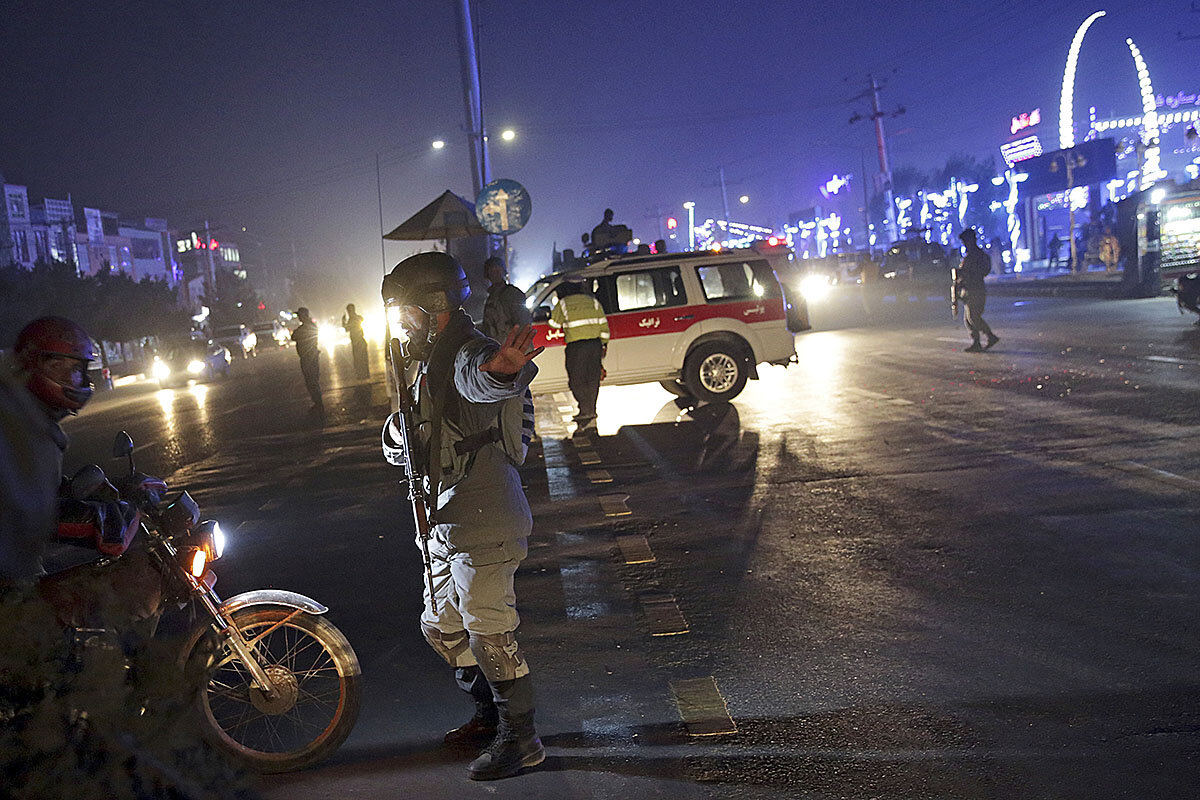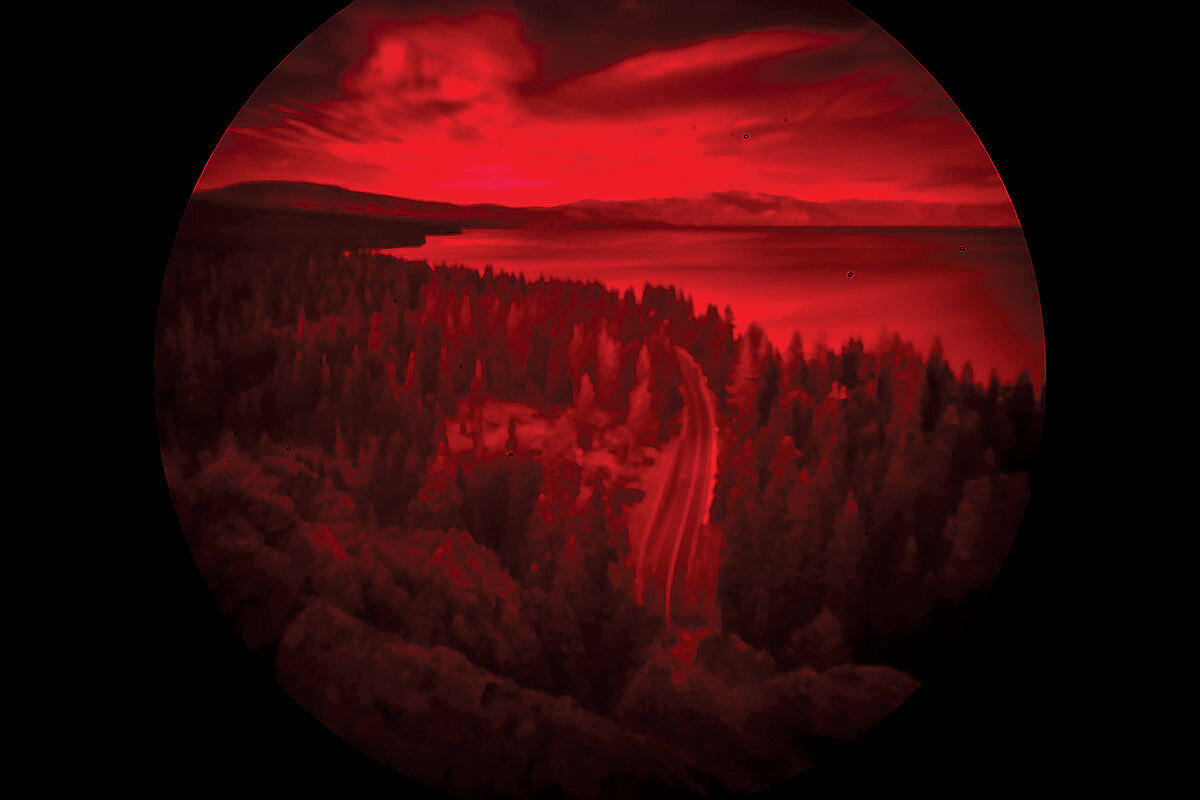Sometimes social movement is global and makes headlines. Sometimes it begins almost unnoticed, and spreads. Seven writers took part in this survey, presented as 2019 dawns.
Monitor Daily Podcast
- Follow us:
- Apple Podcasts
- Spotify
- RSS Feed
- Download
 Laurent Belsie
Laurent Belsie
This is the season when we wish peace and goodwill to our fellow man for the coming year. And if you’re like me, you might be tempted to do it a little tentatively, given all the upheaval of 2018.
Will 2019 be more of the same? Will it be worse? The problems leap to the fore: government shutdown, Wall Street, Mueller investigation, Brexit, Syria, Afghanistan, China trade, cyber-espionage. But a look backward suggests there’s an antidote for New Year’s pessimism.
The year 1919, for example, was full of upheaval, too: civil war in Russia; wars of independence in Estonia, Latvia, Turkey, Ireland, Egypt, and Mexico; strikes and uprisings as far as the eye could see. That was the year Mussolini established Italy’s fascist movement and Hitler made his first speech to what would become the Nazi party. In the United States, the states ratified Prohibition, anarchists started a wave of bombings, President Woodrow Wilson became incapacitated, and eight Chicago White Sox players were accused of throwing the World Series for money.
And yet, 1919 was also the first full year of peace after the carnage of World War I, the Save the Children Fund was established in Britain, and the US Congress approved women’s suffrage and sent the 19th Amendment to the states for ratification.
Many of these had a big impact, but which of them have been more enduring: the upheaval or the progress? I leave it to your New Year’s spirit to sort it all out.
Now to our five stories for today, including a look by Monitor writers at seven global trends that, without much fanfare, could help shape the world in 2019 and beyond.











